
We are all familiar with movie scenes where hacking occurs at lightning speed with hackers typing furiously and gaining access to systems within seconds. They use flashy, visually appealing interfaces filled with graphics and unrealistic animations. However, hacking as portrayed in movies often differs from real-world cybersecurity defense practices. In reality, cybersecurity defense involves meticulous planning, analysis, and testing over extended periods and is a slow and deliberate process. The command-line interfaces and tools may not be visually exciting but are highly effective.
Real-world cybersecurity defense requires a deep understanding of vulnerabilities and the security teams work diligently to protect systems and data which is a complex ongoing battle. Today, Government and defense, BFSI, Healthcare, Retail, Education, and Telecom are among the most vulnerable sectors that frequently face cyber assaults. According to Cybersecurity Ventures, cybercrime costs globally are projected to soar to USD 10.5 trillion annually by 2025 a stark escalation from USD 3 trillion in 2015. Alarmingly, the likelihood of detecting and prosecuting cybercriminals in the United States is estimated to be as low as 0.5% according to The World Economic Forum’s 2020 Global Risk Report.
Top of Form
Cyber threats constantly evolve and vulnerabilities are concealed even in the most secured systems. To safeguard digital assets and sensitive information, it is imperative to have a robust threat and vulnerability management (TVM) strategy in place. In this article, we can explore the four vital TVM components or building blocks that help to navigate the complicated landscape of cyber threats and vulnerabilities
A look at Security Architecture Review
This component which is a part of the broader Architecture Workflow often receives less attention than it deserves within the TVM strategy. Even if our day-to-day activities revolve around web and mobile apps, the attention paid to their security architecture is less than what is required. However, neglecting security architecture can lead to vulnerabilities that could be exploited by cyber adversaries. Organizations that recognize the significance of this component and allocate the necessary resources to conduct regular reviews and updates can establish a robust security infrastructure.
Security Architecture Review is a holistic assessment of the organization’s IT Security infrastructure framework and practices. Security layers across infrastructure, applications, people, and processes are evaluated to ensure best practices and industry standards are deployed, and security and compliance requirements are met.
The Power of DevSecOps Implementation
The Buzzword DevSecOps stands for development, security, and operations and this approach integrates security practices seamlessly into the software development and operations lifecycle. Most organizations think that integrating security tools into the CI/CD process is DevSecOps, but it is not. DevSecOps is a broader approach that emphasizes the integration of security practices and principles throughout the entire software development lifecycle, which includes planning, coding, testing, deployment, and monitoring. It ensures that security is a fundamental part of the development process, rather than including it as an afterthought, and is built on three attributes - people, process, and technology.
DevSecOps Maturity Assessment helps evaluate an organization’s level of maturity in implementing DevSecOps practices. It helps to identify gaps and areas where DevSecOps practices can be improved. DevSecOps implementation is popular across agile industry verticals such as BFSI and Retail as they are constantly evolving and aim to deliver secure builds or apps continuously.
Automation, Configuration Management, and Immutable Infrastructure are part of a mature DevSecOps implementation process. With this the likelihood of security incidents is reduced, potential risks are minimized and the organization’s overall resilience is enhanced.
Unlocking Insights with Penetration Testing
Penetration Testing is a keystone of TVM, equipping organizations with actionable insights to strengthen their security measures and reduce vulnerabilities. It is increasingly deployed across all industry verticals. According to Mordor Intelligence, The Penetration Testing Market is expected to grow from USD 3.41 billion in 2023 to USD 10.24 billion by 2028, at a CAGR of 24.59% during 2023-28.
Organizations use Penetration Testing primarily to meet compliance requirements including regulatory compliance and internal security practices. Sectors such as BFSI constantly are looking for various approaches to improve their security posture and perform penetration testing as a proactive security measure. Penetration testing helps to determine if existing security measures are functioning as intended and identify any gaps or weaknesses that need to be addressed. By scrutinizing security measures, penetration testing also ensures third-party vendors have adequate security measures in place and do not pose unnecessary risks to the organization’s data and systems.
During Mergers and Acquisitions which are key to organizations’ inorganic growth, penetration testing assesses the security stance of the acquired entity.
The advent of Penetration Testing as a Service (PTaaS), further empowers organizations as they partner with third-party experts to regularly conduct systematic assessments of their systems, networks, and applications. PTaaS offers flexibility and scalability enabling organizations to assess their security posture periodically without the need for dedicated in-house resources. Automated Penetration Testing Platforms are also coming up which saves time and effort too.
The Significance of Patch Governance
Let us take the case of organizations performing vulnerability assessments for around 10,000 assets that have several weaknesses such as OS components or browser-related vulnerabilities that need to be patched. Typically patching is done by the IT support team which is a part of the CIO function and security aspects such as identification of the vulnerability is the CISO function but work-related friction exists between the two. Sometimes patches are not available and a certain number of risks have to be accepted. Such risk acceptance and approvals have to be done by stakeholders where the orchestration is done through Patch Governance. The CIO and the CISO play distinct but interrelated roles in the patch governance process. Both roles collaborate closely to ensure that patch management aligns with the organization’s technology and security objectives while reducing security risks.
Patch governance is a crucial aspect of an organization’s cybersecurity strategy and involves the coordination and management of software patches and updates to mitigate vulnerabilities and security risks.
.png)




Posted By news desk

Posted By news desk
.png)




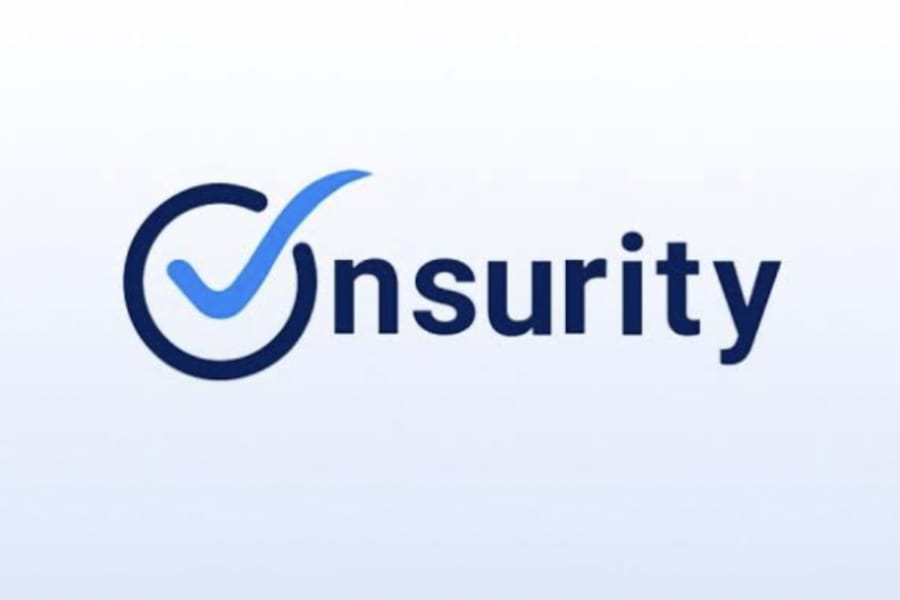
Posted By news desk

Posted By news desk




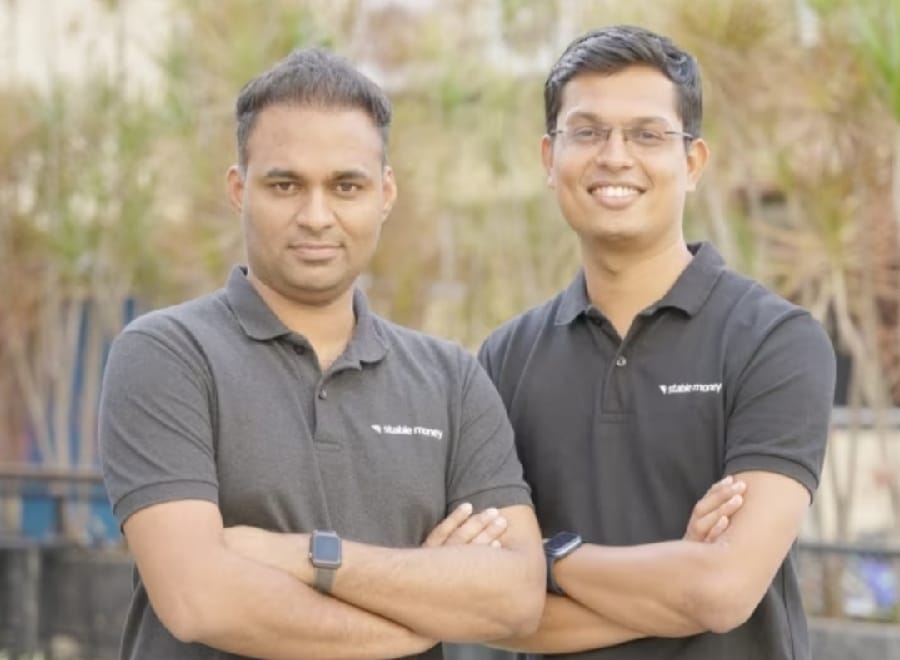




Posted By news desk


Posted By news desk



Posted By news desk


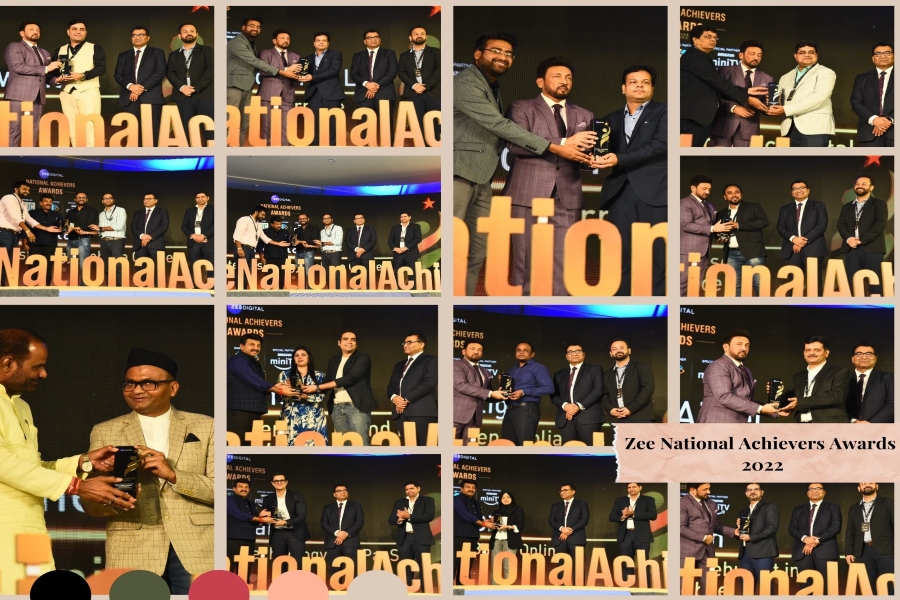
Posted By news desk

Posted By news desk

Posted By news desk





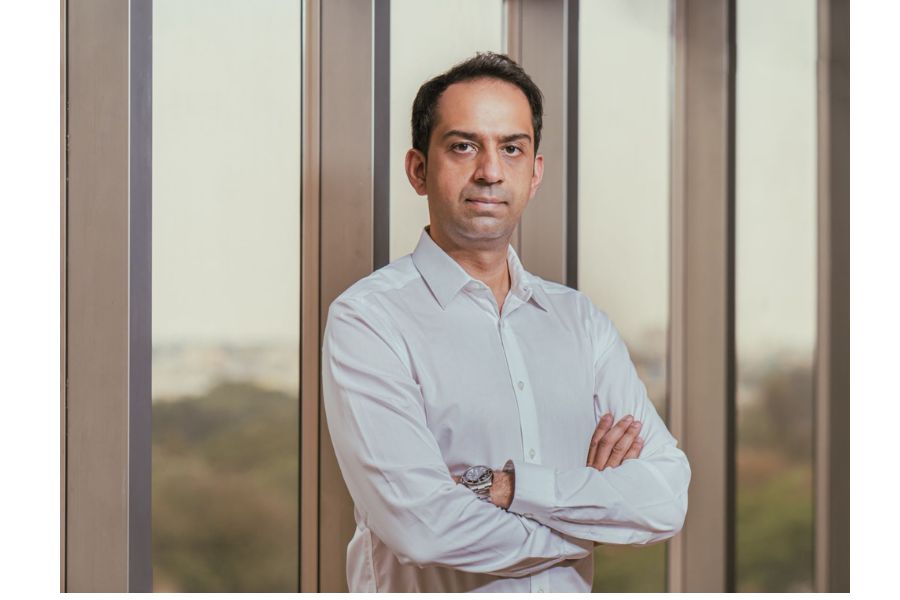

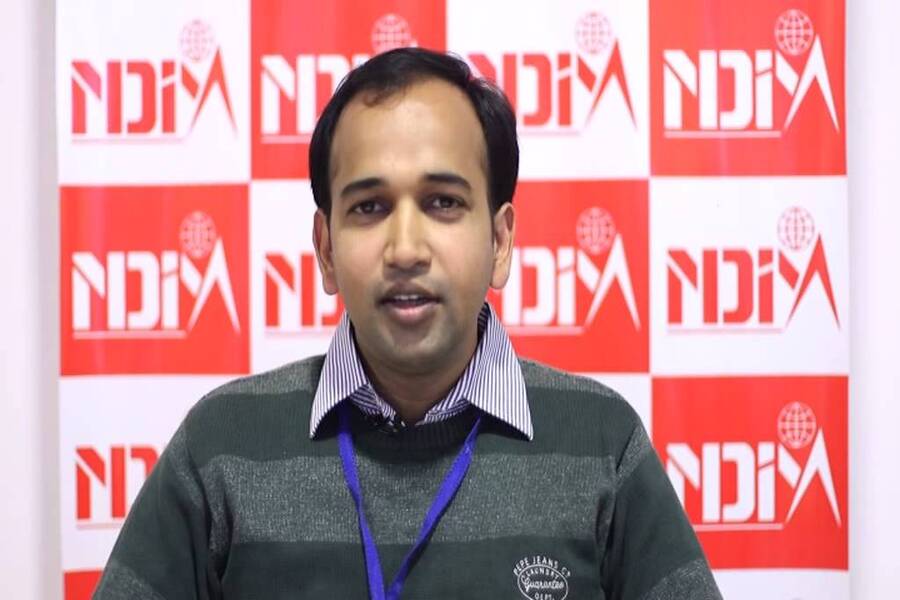


Posted By news desk




Posted By news desk

Posted By news desk




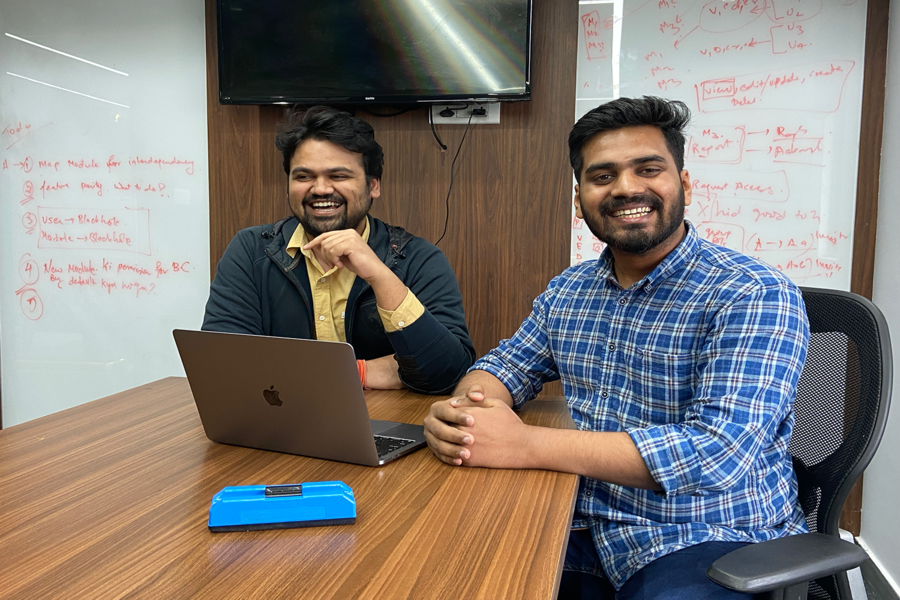


Posted By news desk
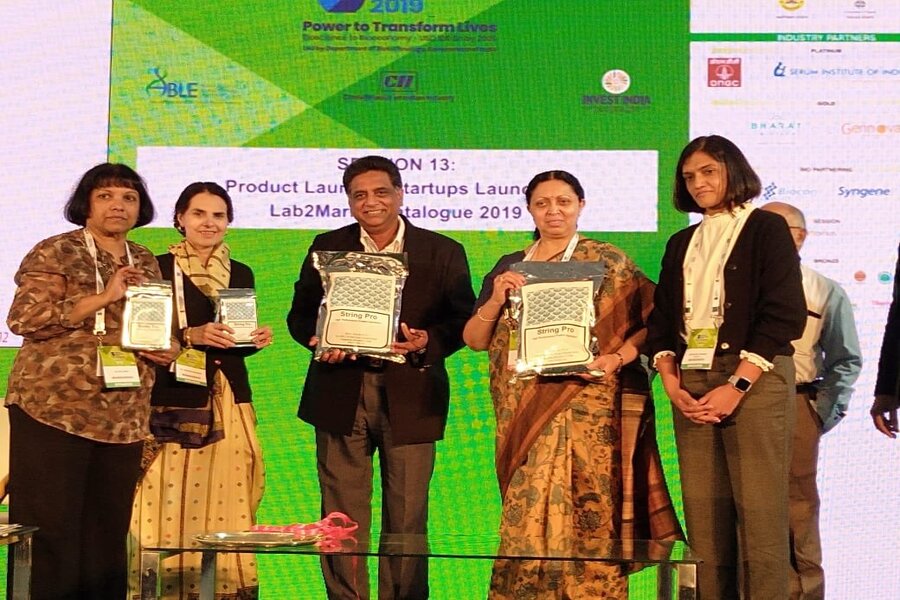



Posted By news desk


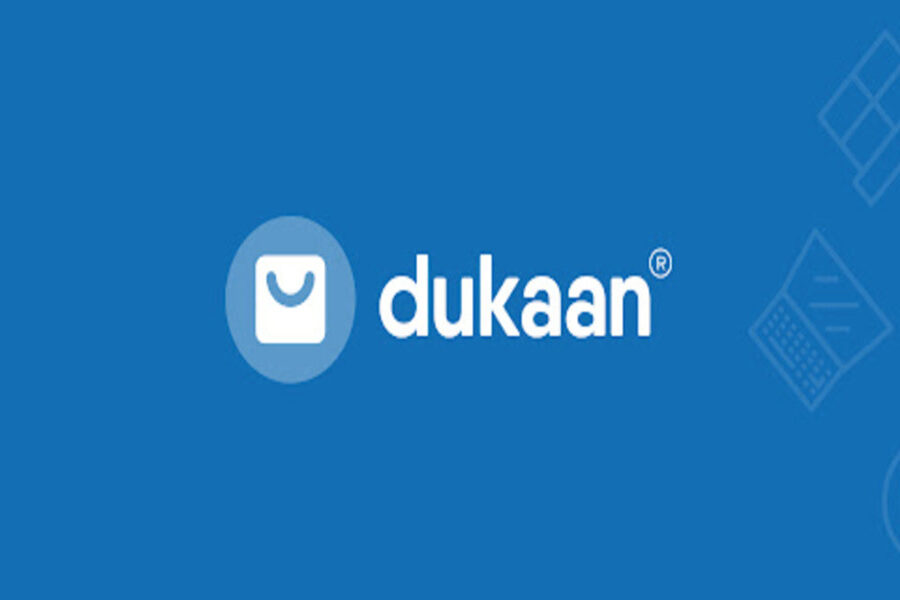

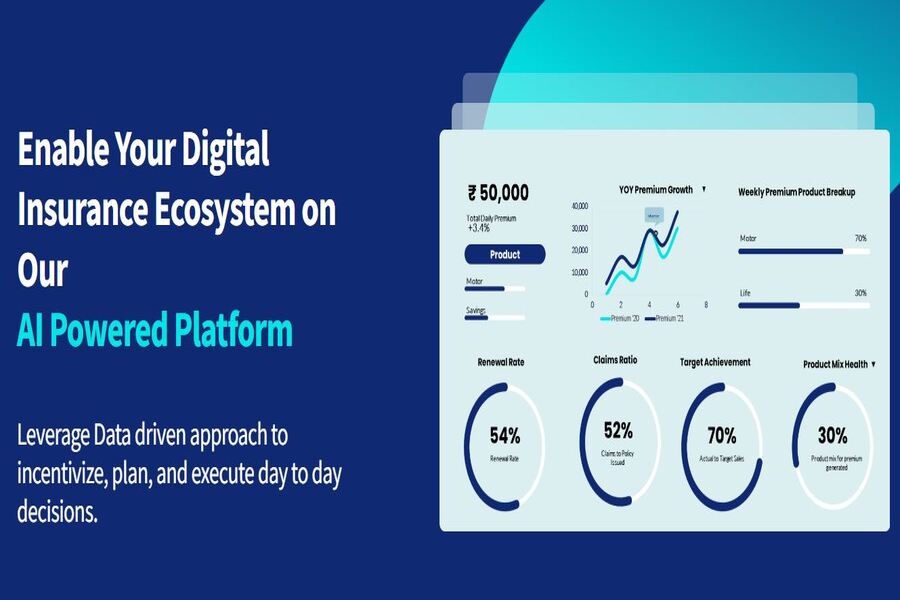

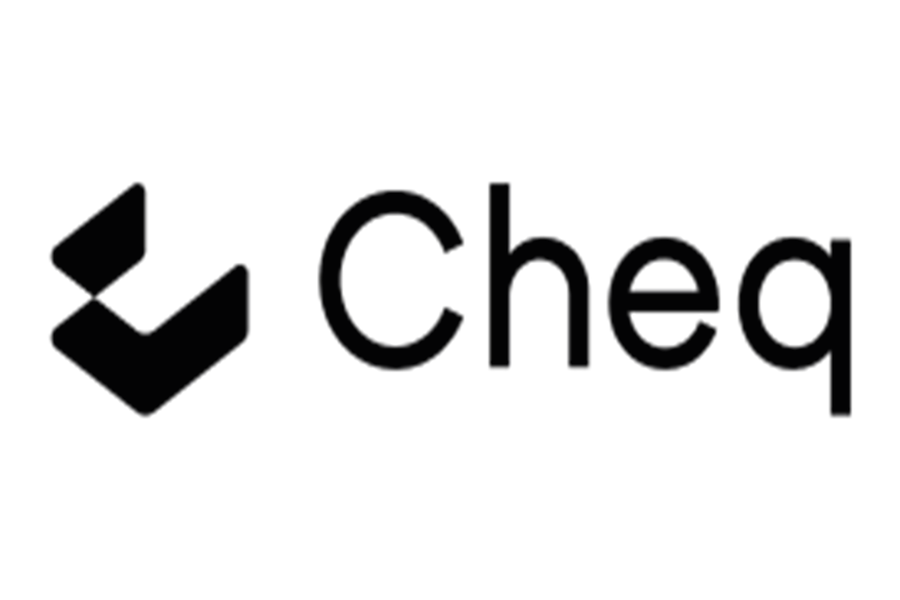



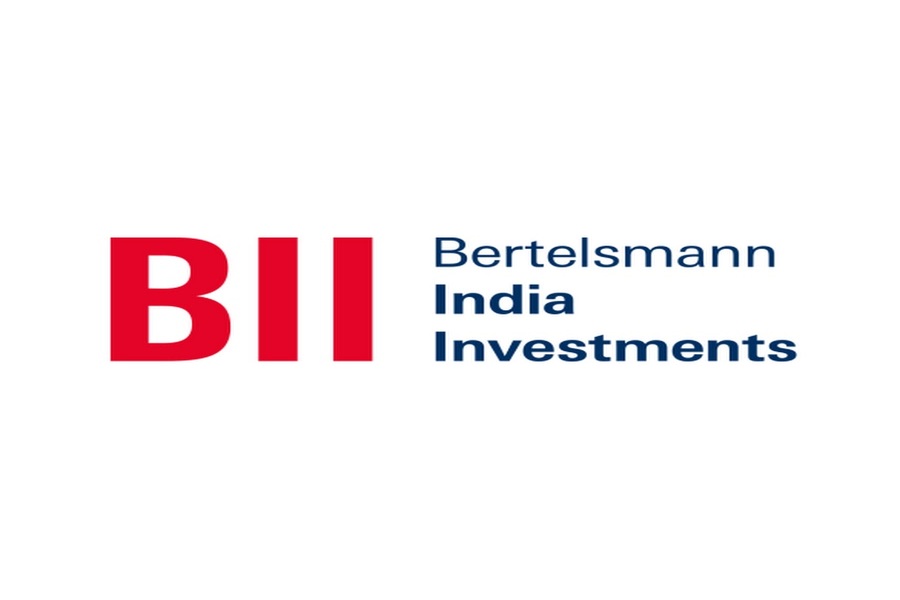



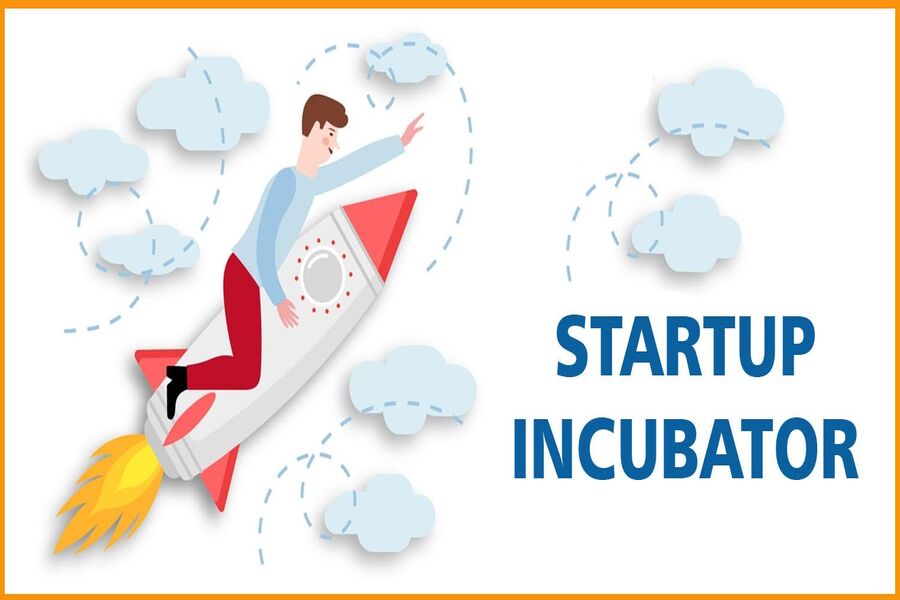





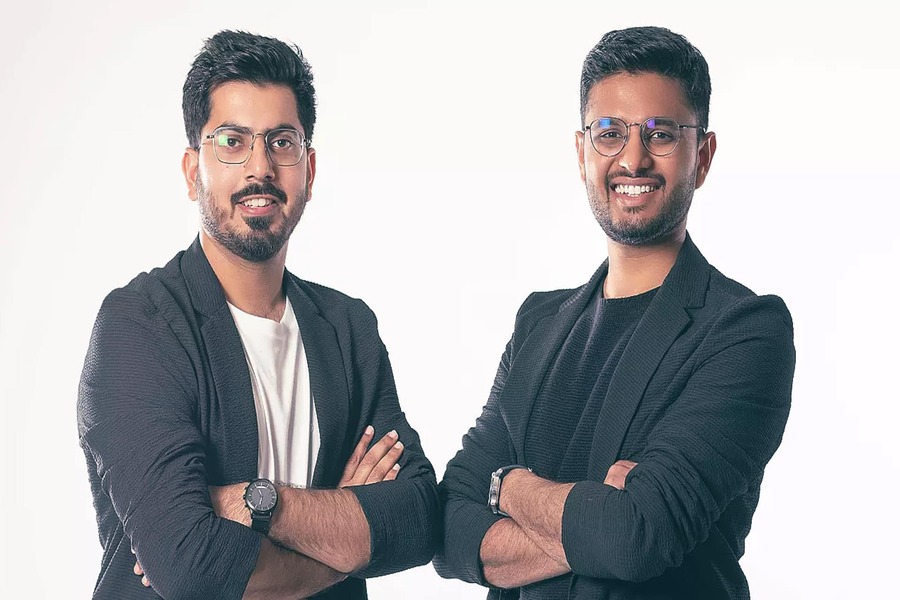
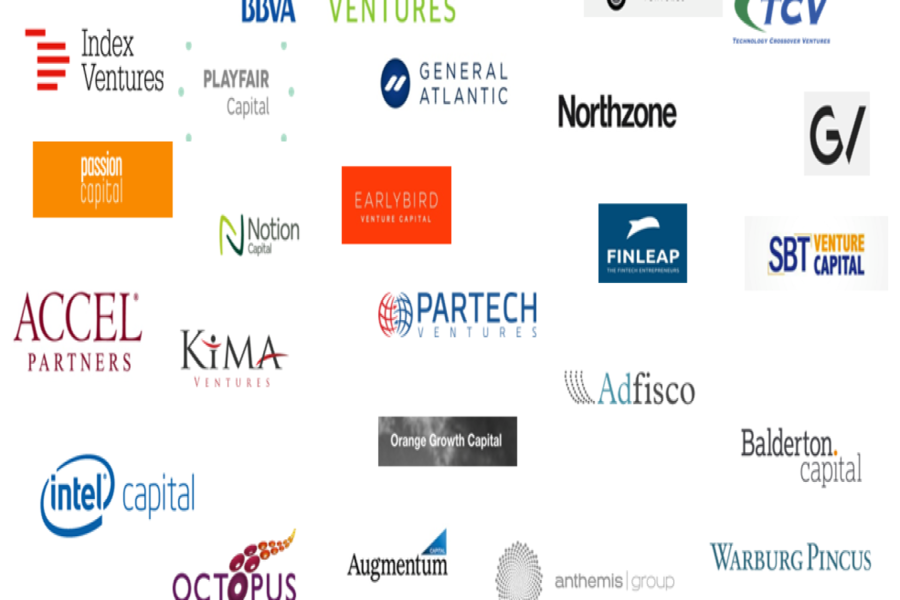















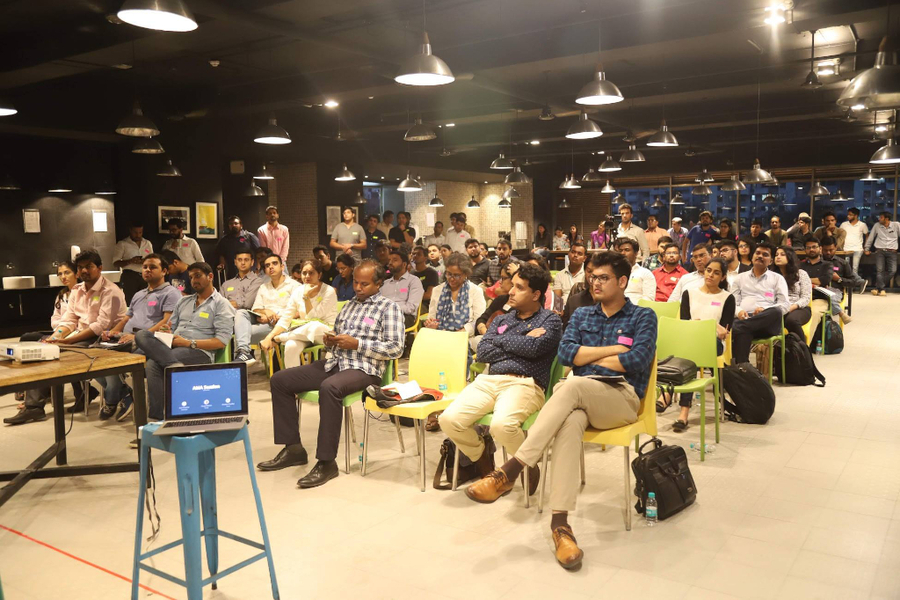


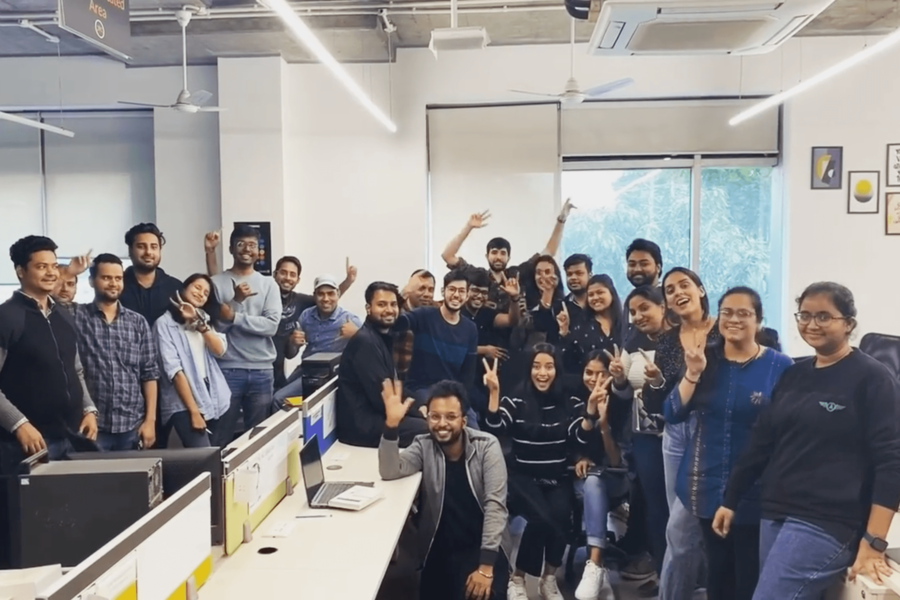











Posted By news desk

Posted By news desk

Posted By news desk
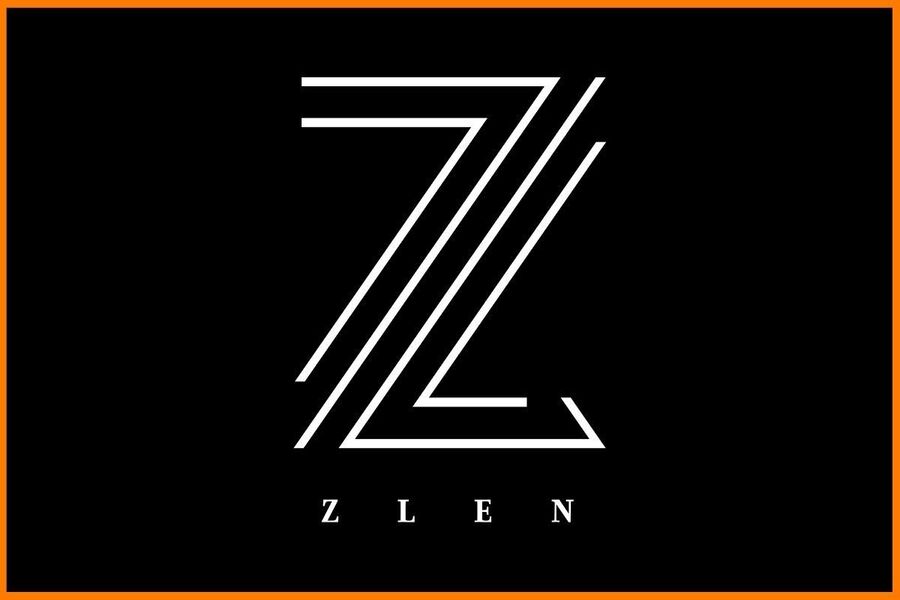








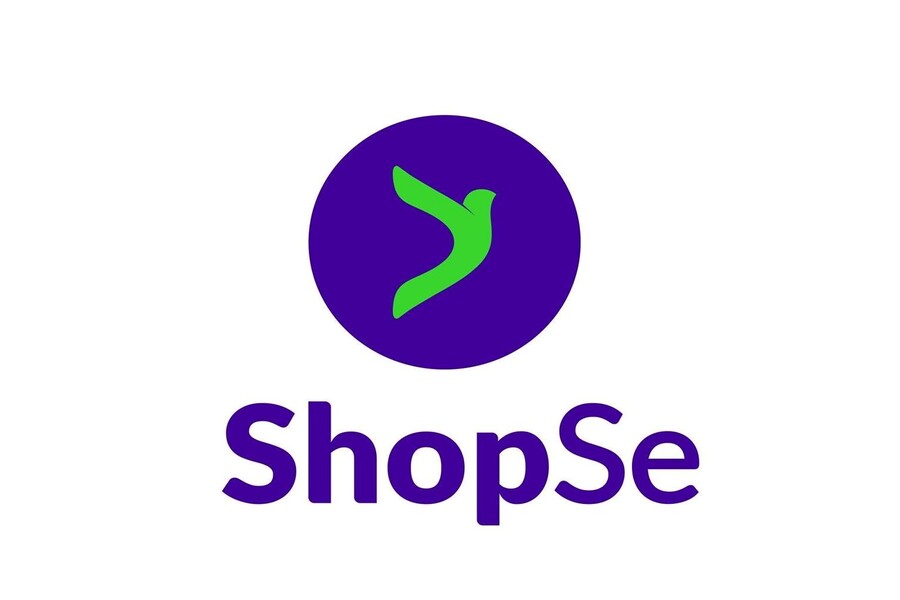




Posted By news desk










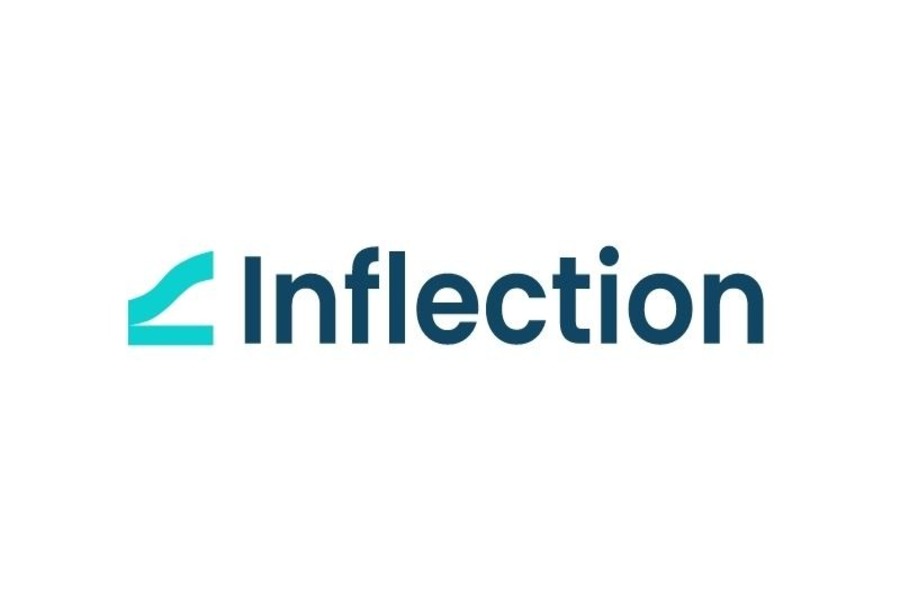

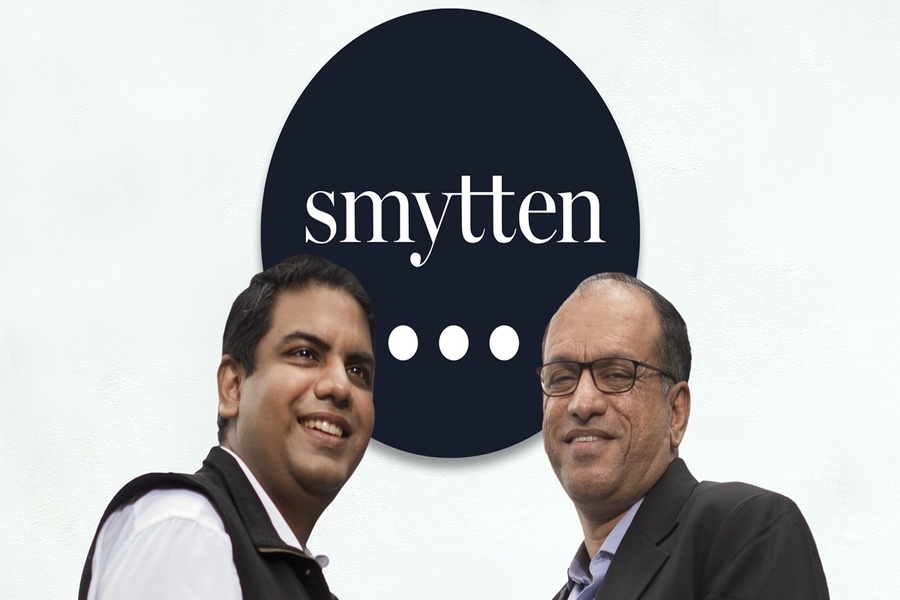



Posted By news desk

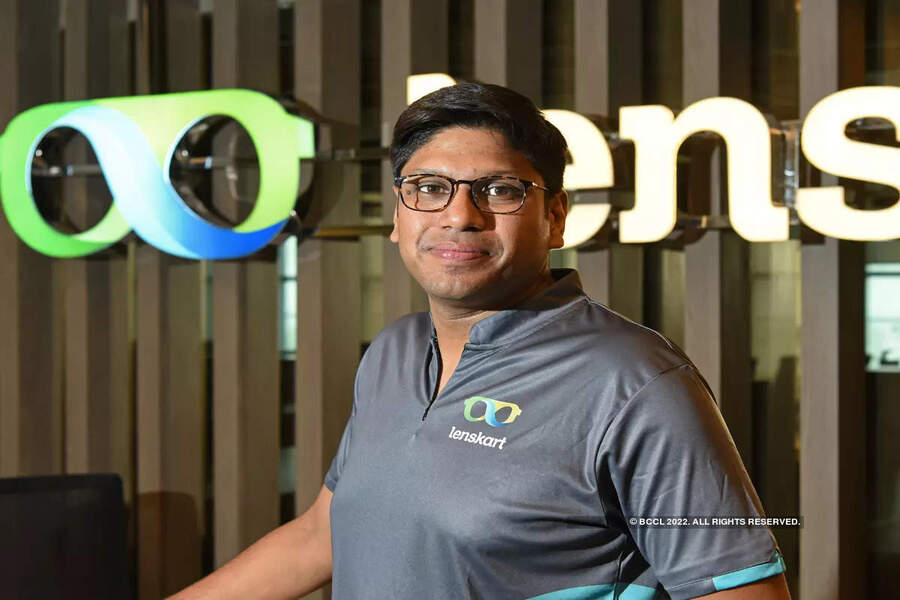
Posted By news desk











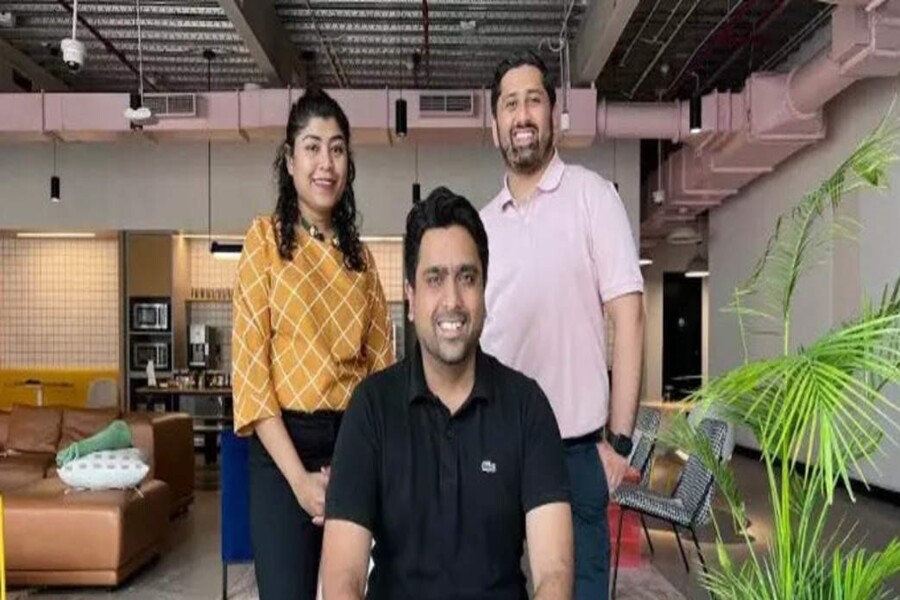
Posted By news desk


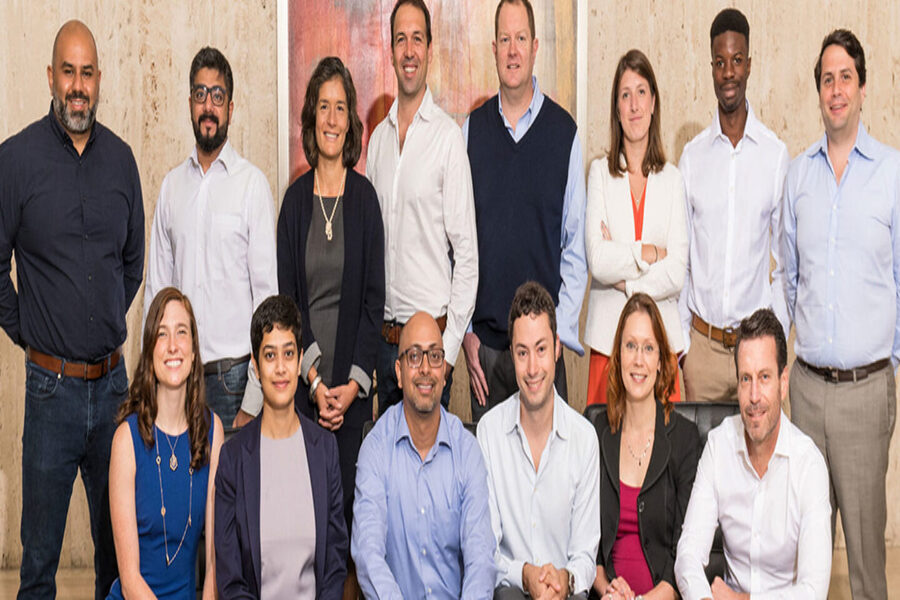


Posted By news desk



Posted By news desk

Posted By news desk

Posted By news desk
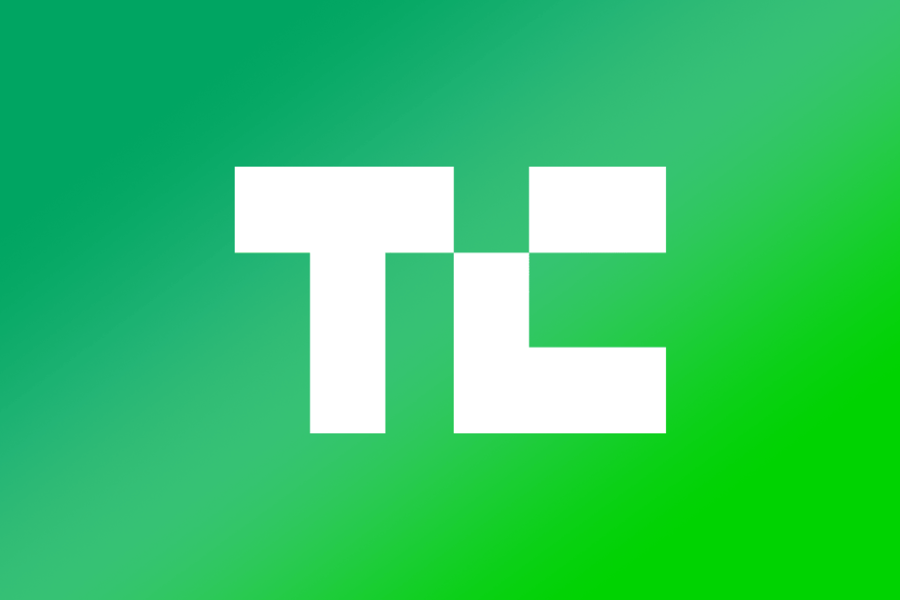
Posted By news desk




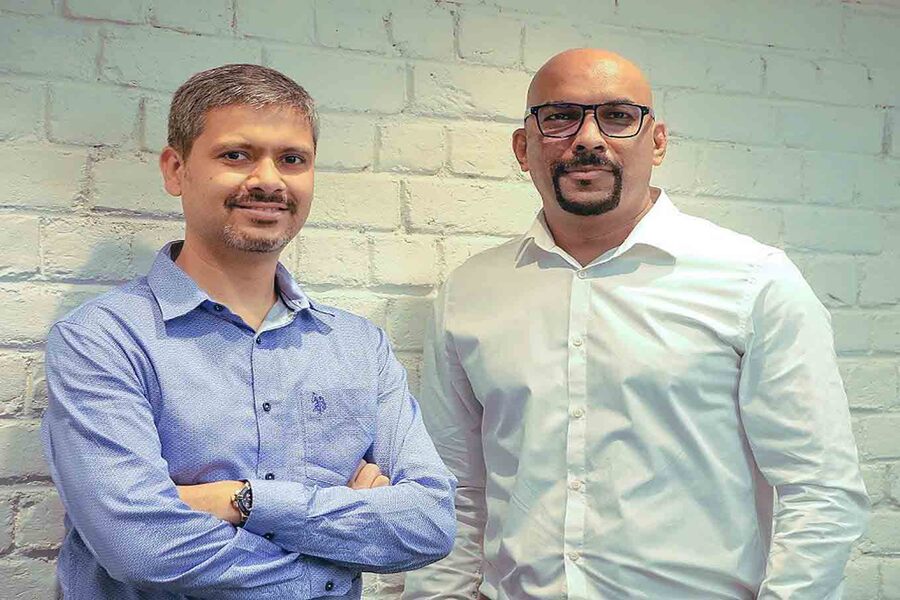


Posted By news desk

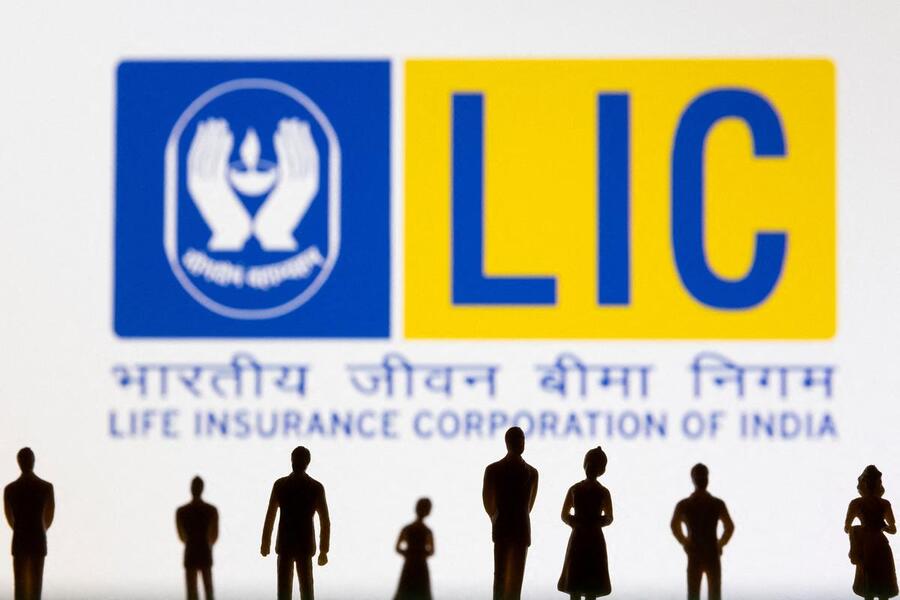
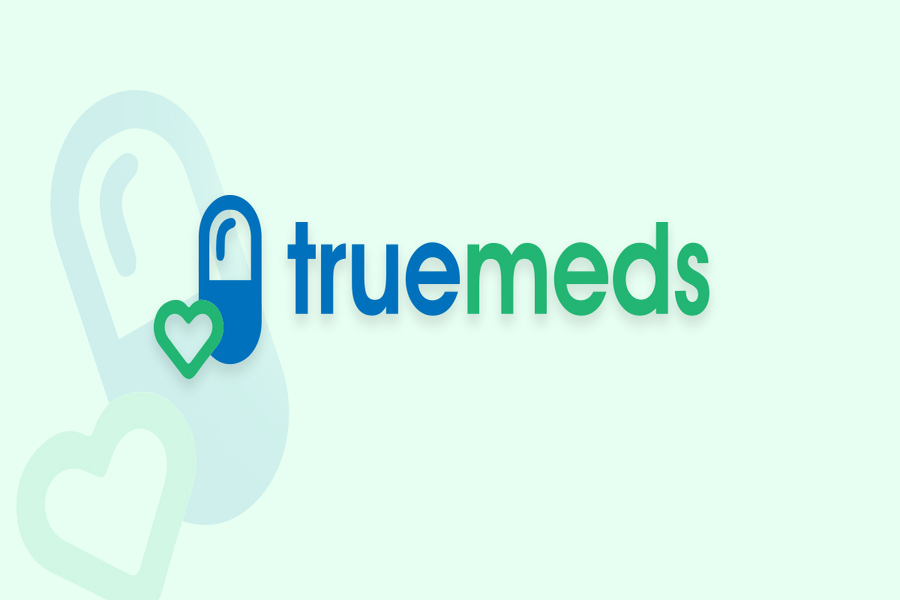
.jpg)
.png)


.jpg)

.jpg)

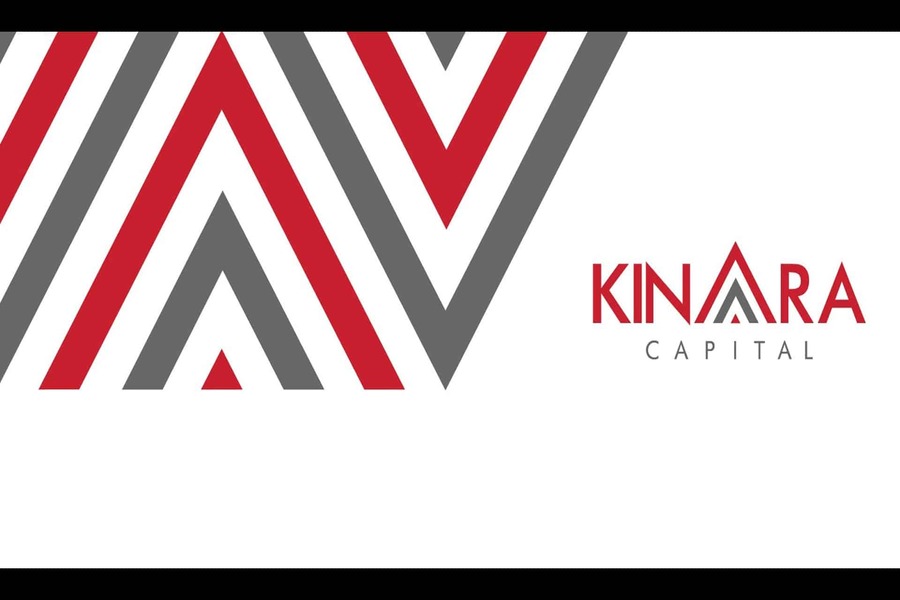
Posted By news desk


Posted By news desk

Posted By news desk


_(1).jpg)
.jpg)

Posted By news desk

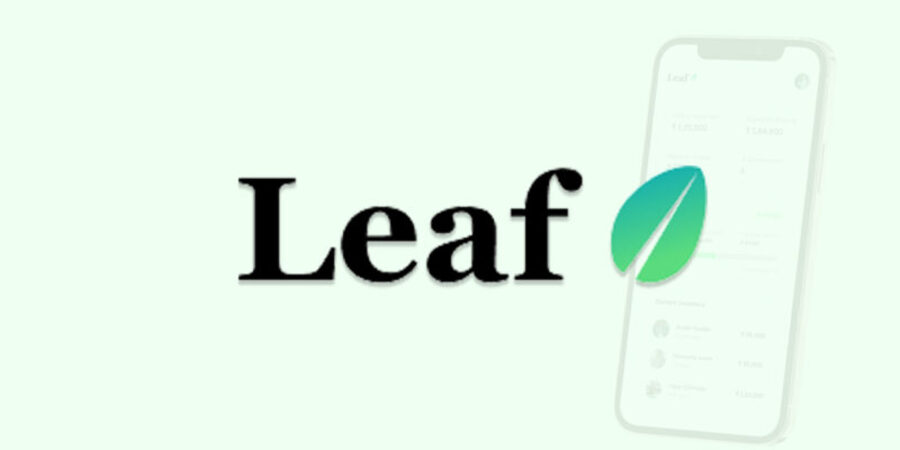
.jpg)
_(1).jpg)

Posted By news desk


.png)
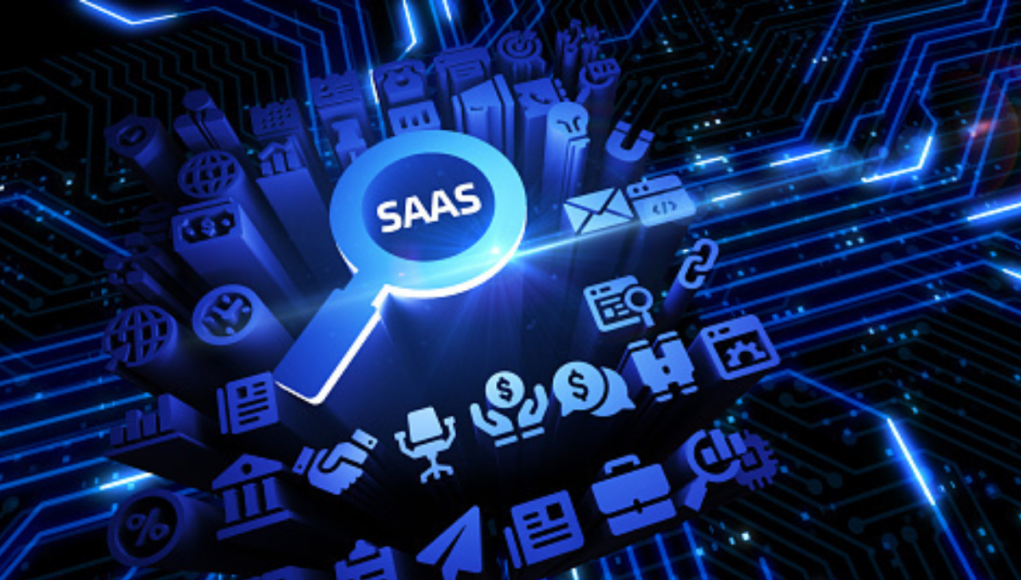


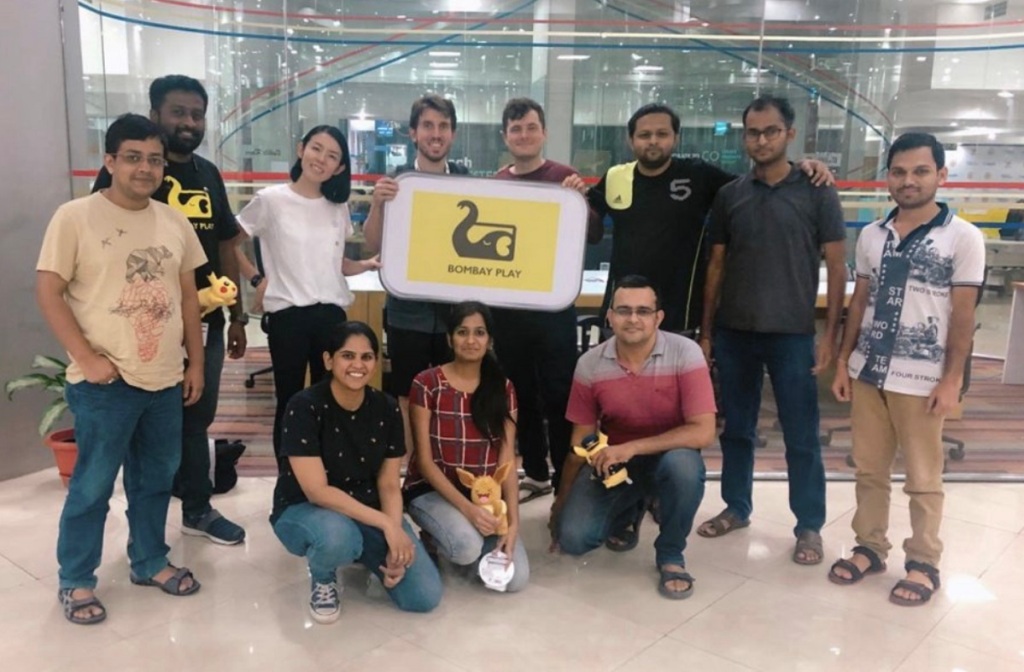


.jpg)



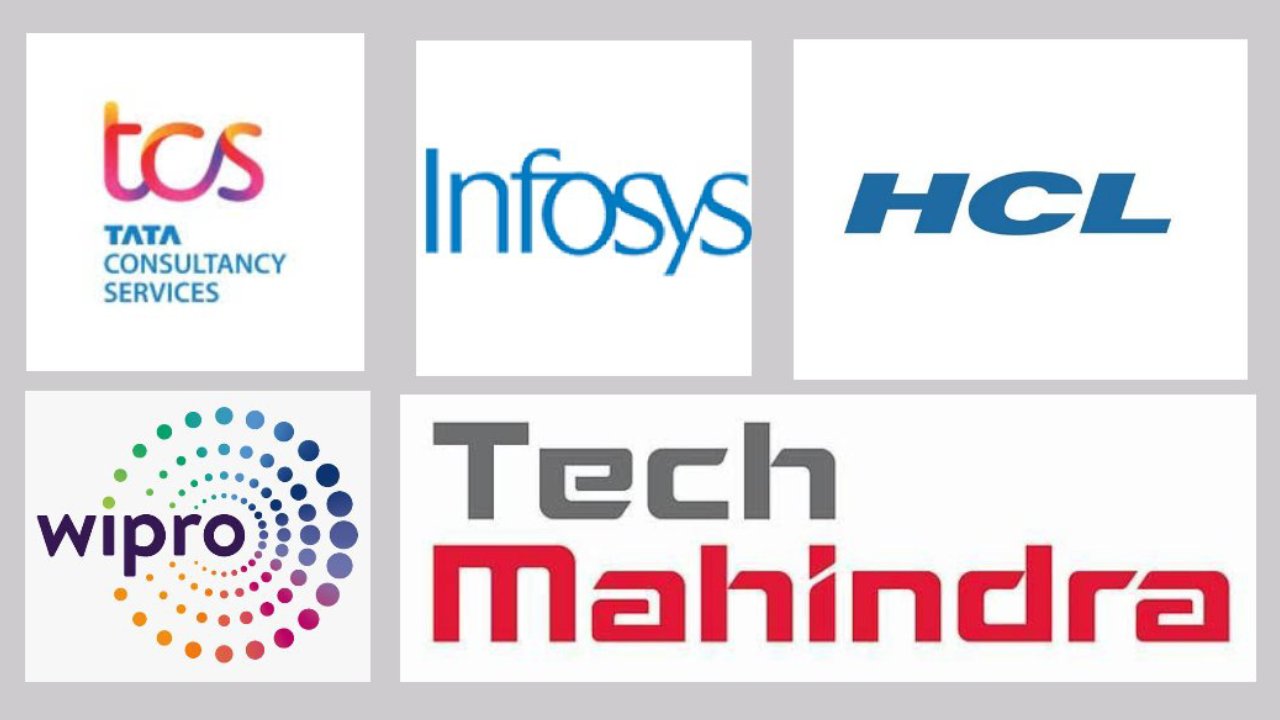
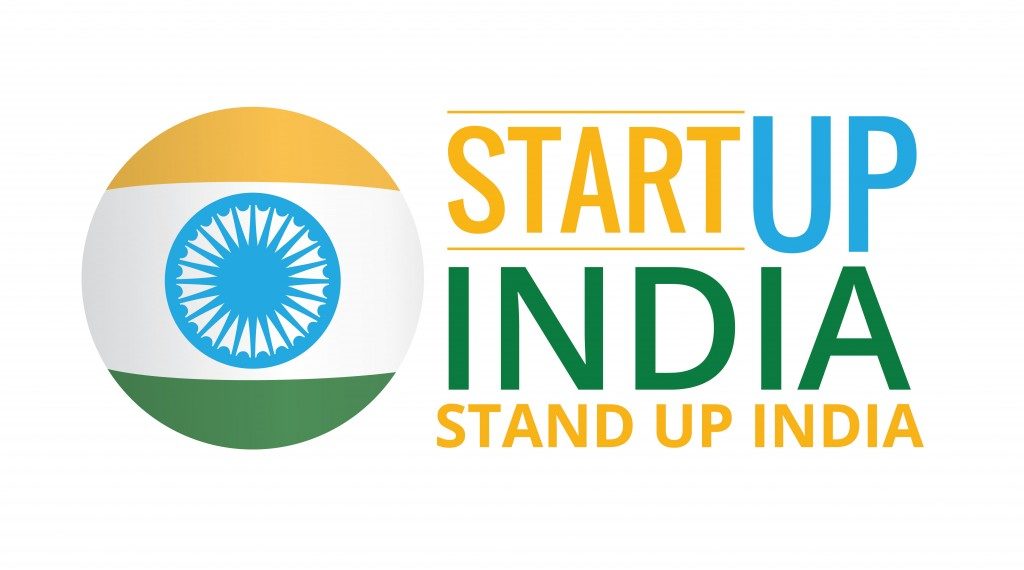


.jpg)
.jpg)
.jpg)

.jpeg)
_(1).jpg)
.jpg)
_(1).jpg)
Posted By news desk
1.jpg)
.jpg)
.jpg)

.png)

.png)
_(1).png)
.jpg)
.jpg)
.jpg)

.jpg)
.jpg)
Posted By news desk
.jpg)
Posted By news desk
_(1).png)
_(1).png)
_(1).jpg)
_(1).jpg)
.png)
_(1).jpg)
.jpg)

.jpg)
_(1).jpg)
.jpg)
_(1).jpg)
.jpg)
.jpg)
_(1).jpg)
.jpg)
.jpg)
.png)
_(1).jpg)
Posted By news desk
.png)
.jpg)
.jpg)
_(1).jpg)

.jpg)
.jpg)
.png)
.jpg)

.jpg)
.jpg)
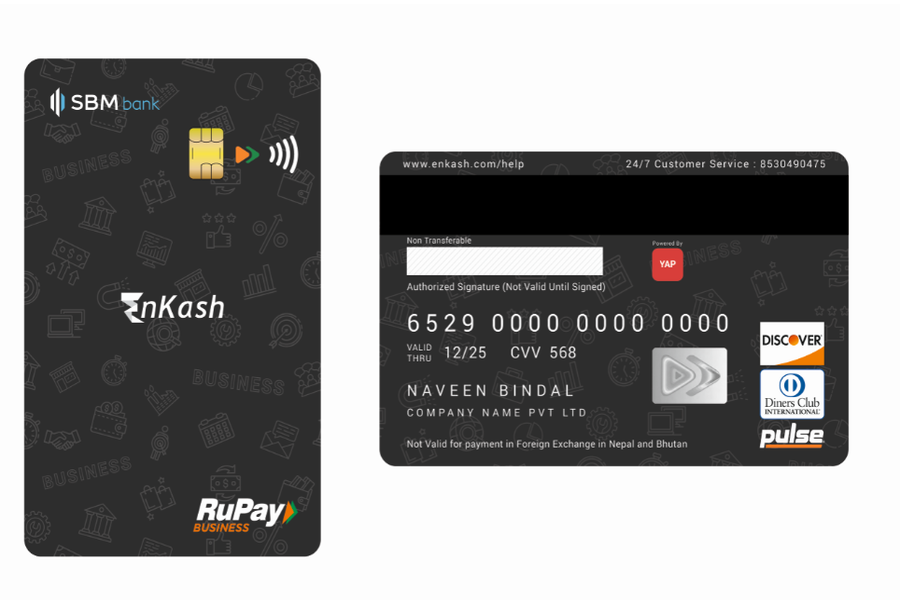
.jpeg)
.jpg)
.jpg)








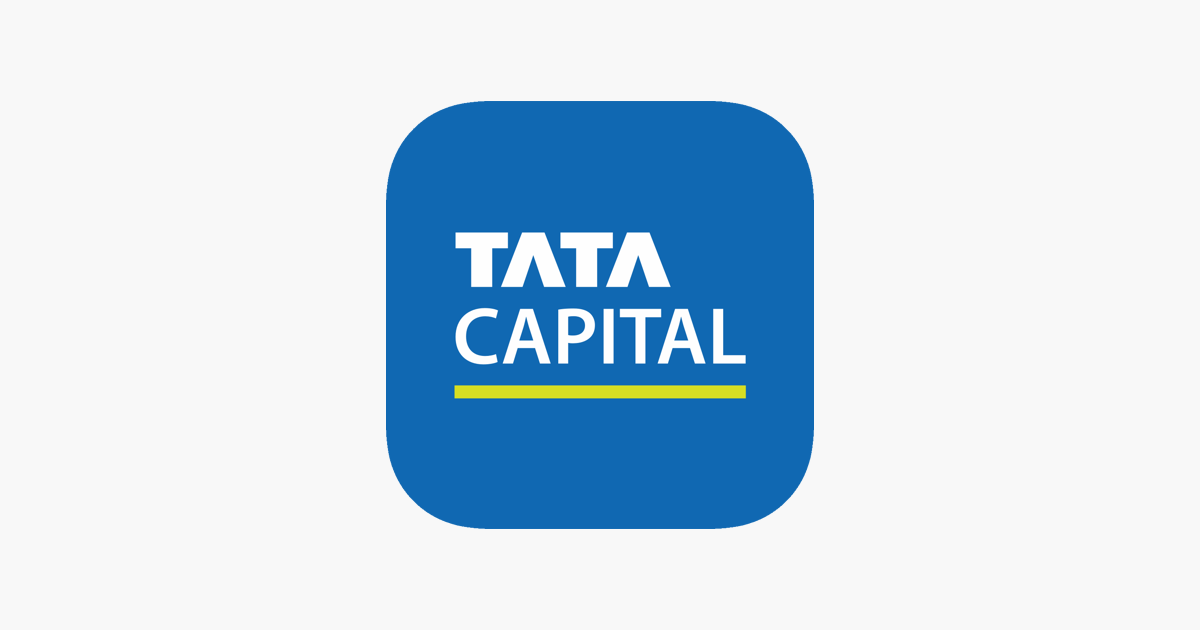

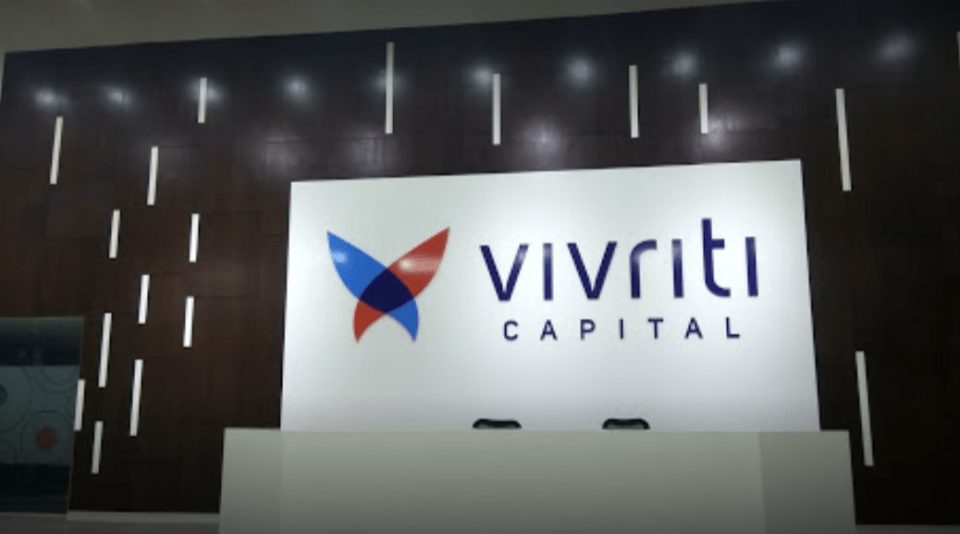






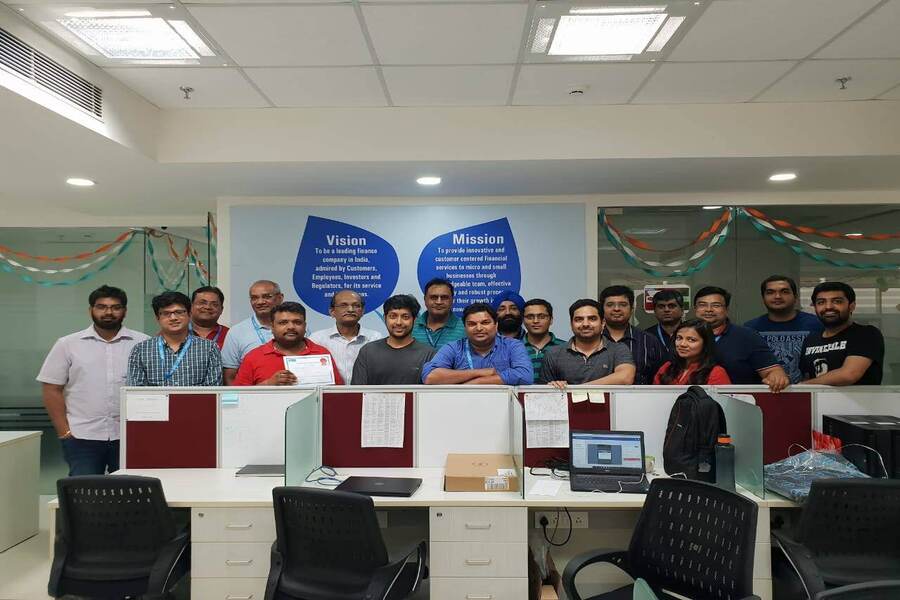
.png)

.jpg)

Posted By news desk
.jpeg)
.jpg)
.jpeg)
Posted By news desk
.jpeg)


.png)


.png)
Posted By news desk
.jpg)
.jpg)
.jpg)
.png)
.jpg)
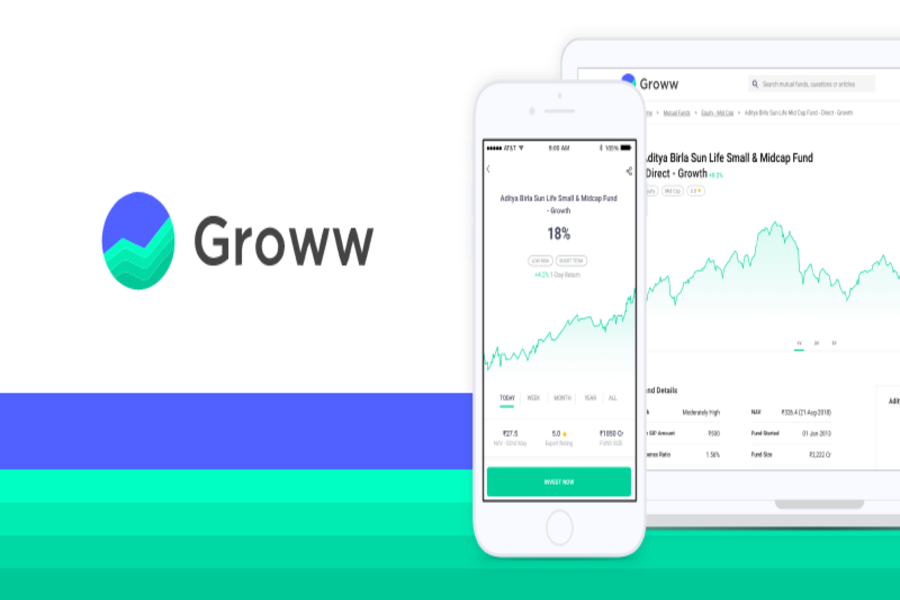

.jpg)

.jpg)
.png)
Posted By news desk
.jpg)
.jpg)
.jpg)
.png)
.jpg)
.jpg)
Posted By news desk
.jpg)


.jpg)
Posted By news desk
.jpg)
.png)
Posted By news desk
.jpg)
.png)
.jpg)
.jpg)
Posted By news desk
.jpg)
Posted By news desk
.jpg)
.jpg)
.jpg)
.jpg)

.jpg)

_(1).png)
.jpg)
Posted By news desk
_(1).jpg)
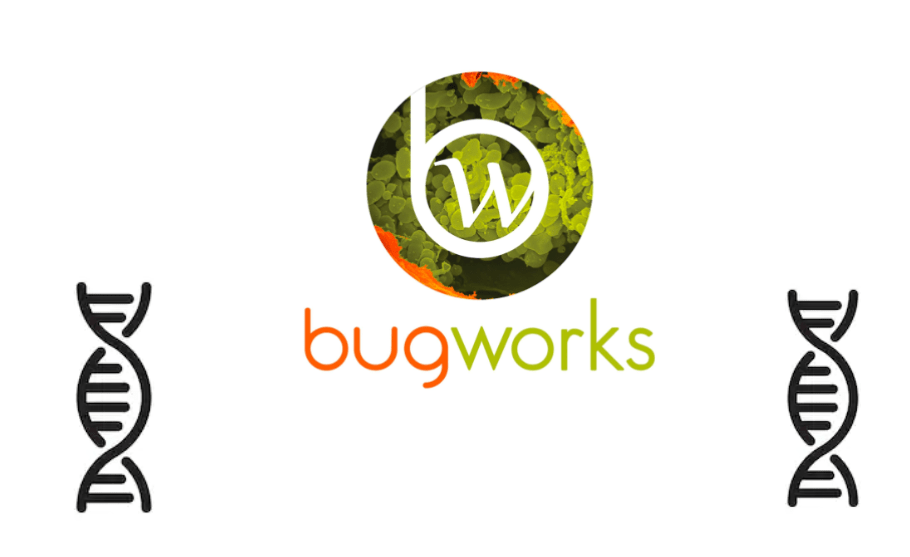
Posted By news desk

